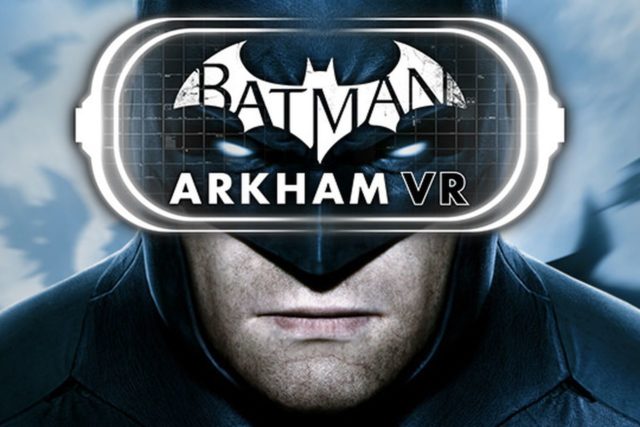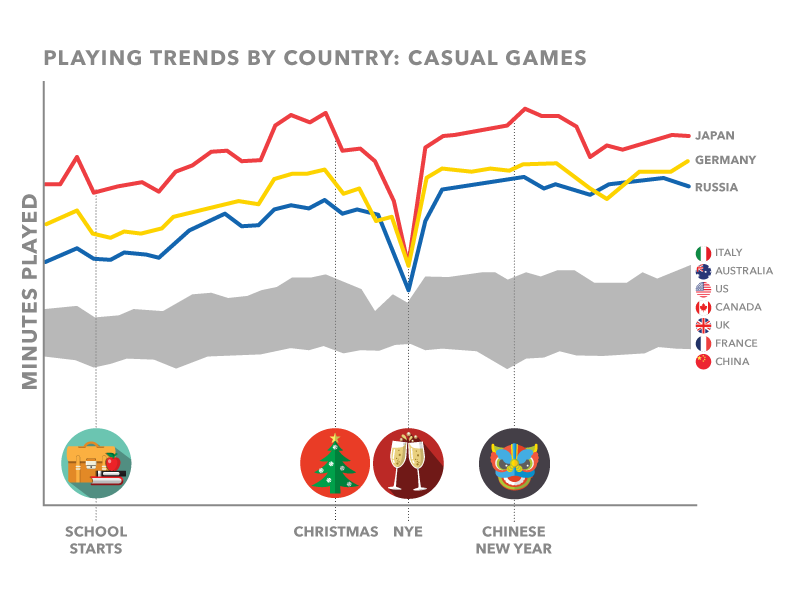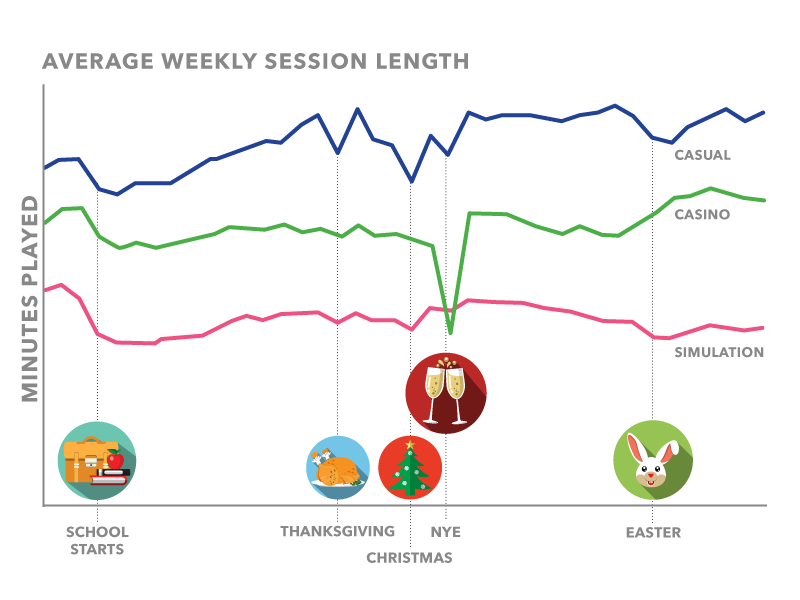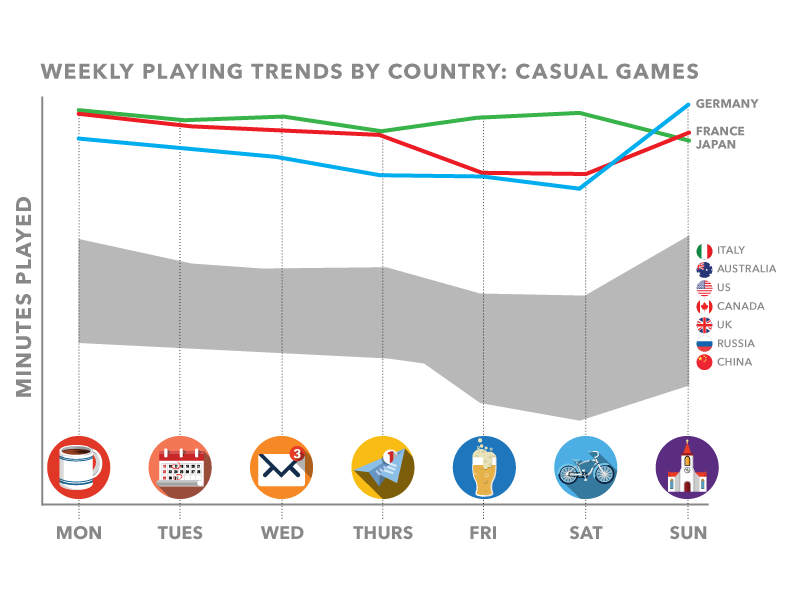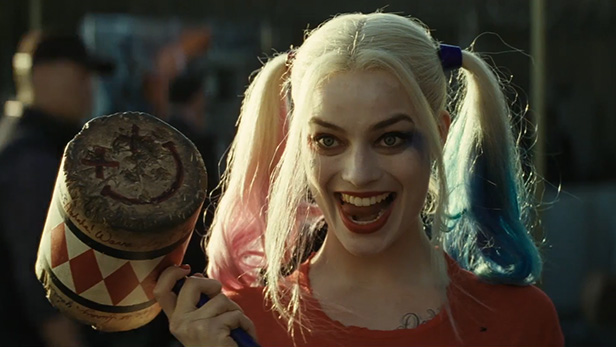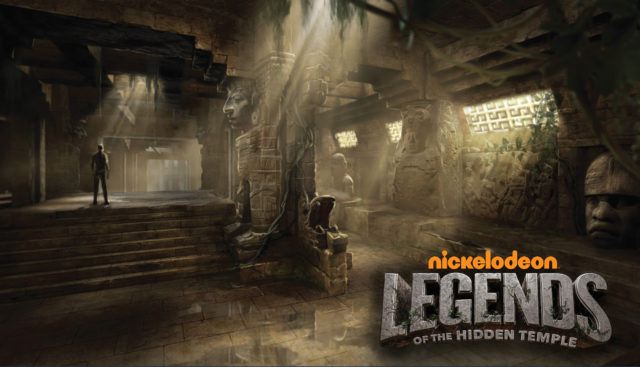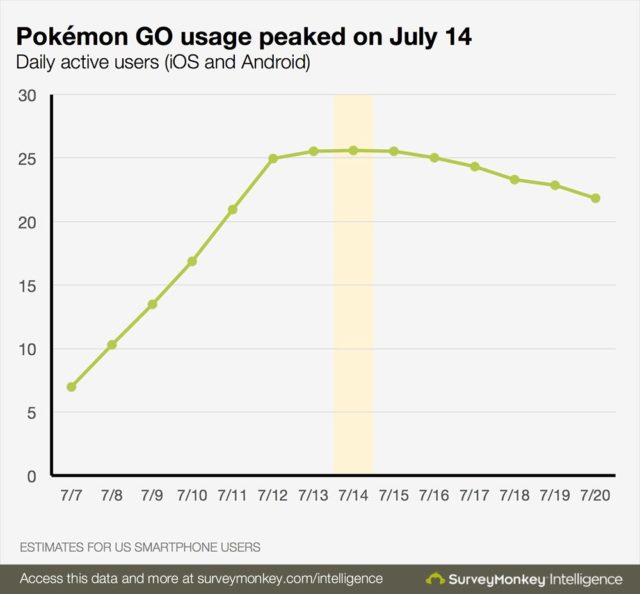Volkswagen of America is blurring the line between video games and reality with a new marketing activation aimed at gamers. The auto maker has released a free mobile and desktop game, Rival Road: GTI vs. GLI in hopes of connecting with millennial gamers.
The marketing program promotes its Golf GTI and Jetta GLI vehicles, and the object of the game is to achieve distance while dodging obstacles on a course. Fans can support #TeamGTI or #TeamGLI by choosing to race in either model, competing against players from the opposing team, and earning points for distance travelled. Points count toward individual scores, as well as cumulative scores for #Team GTI or #Team GLI, depending on the team the player has chosen to join.
The virtual rivalry culminates in live remote-control (RC) car races, pitting the two teams on a massive, custom-built, obstacle-filled track. Races will be hosted by professional Volkswagen race car drivers Tanner Foust and Scott Speed on July 26 and 27 in Washington, D.C., and livestreamed on Twitch from 5:30–11pm ET each day on the official Rival Road channel.
Players can also enter the Rival Road Contest for an opportunity to win a trip for two to the Fastivus 2016 track event in Los Angeles in August, and the opportunity to sit shotgun in a hot lap with Tanner Foust or Scott Speed.
Mike M. Awdish, general manager of digital marketing at Volkswagen of America, explains to [a]listdaily why the German auto maker is targeting gamers and Twitch viewers.
What are the challenges of marketing to millennials today?
The media landscape has changed in large part thanks to millennials. Media consumption used to be a very passive act. You watched, read or listened. Growing up around video games, millennials have come to expect and appreciate engaging experiences. They want to participate, they want to be challenged, and they want to be entertained.
Why did you decide to explore video games with this activation?
We wanted to tap into three growing trends: casual mobile games with addictive replaybility, the emergence of livestreaming platforms such as Twitch and Facebook Live and the rising popularity of eSports and team-based competitive play.
What type of crossover is there with mobile gamers and your target demographic and who is your target demo for Golf and Jetta vehicles?
The target demographic for the Golf GTI and Jetta GLI are young men in their late 20s to early 30s. While mobile gaming has proven popular across all age groups and demographics, we know that racing-inspired games are a sweet spot for this group.
What game developer did you work with on this mobile/PC game?
We worked with ISL, our social media agency. They excel at developing experiences that combine the digital and physical to create something truly unique and buzzworthy.
How deep of a video game experience have you created?
The gameplay is relatively simple—how far can you go before touching another object? Although the mechanics are simple, the challenge of beating the best score is what makes it so engaging. You’ll never encounter the same order of obstacles, so the experience is different every time.
How are you bridging the virtual with the real world through the R/C competition through voting on obstacles?
The R/C race is a way to bring the video game to life. To add an extra layer of excitement, viewers on Twitch will have the ability to select the obstacles through chat. The votes of the community will have a direct impact on the outcome of the races.
What has Twitch opened up for your company as a way to connect with the gaming audience?
Twitch is a platform that is not afraid to try new things. From thousands of gamers collaborating via chat to beat a video game to watching a Bob Ross marathon, the Twitch audience is open to social experiments. It really inspired us to create something unique that wasn’t just a pure gaming experience.
What is Fastivus? What will the winners get to do there?
Fastivus is a Volkswagen enthusiast event held on August 13 and 14 in Fontana, California. What makes it unique from many enthusiast events is that it’s held at the Auto Club Speedway, so Volkswagen fans can drive their cars on the track. For the winner of the Rival Road challenge, they will have the opportunity to ride alongside Volkswagen Andretti Rallycross drivers Tanner Foust and Scott Speed for a hot lap on the track.
What’s your planned ROI on this activation?
First and foremost, we want to raise awareness of the Golf GTI and Jetta GLI nameplates. Second, we want to create an experience that people find truly engaging. It’s our first program of this type, so the biggest value will come from the lessons we learn. What we learn from Rival Road will influence our future digital experiences.
What type of impact have you seen from featuring Volkswagen vehicles in games such as Forza and Gran Turismo over the years?
It’s no question that for many gamers, their first time behind the wheel of a Volkswagen is through games like Forza and Gran Turismo. If these experiences create a passion for the brand, then we want to embrace and be part of it.
